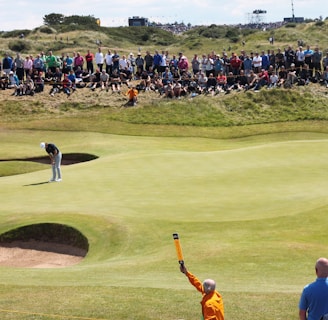The Evolution of Golf Course Design
GOLF
Jakub De Vries
6/22/20242 min read


Introduction to Golf Course Design
Golf course design is a fascinating blend of art, science, and environmental stewardship. Over the years, the design of golf courses has evolved significantly, influenced by changing tastes, technology, and a deeper understanding of ecological impact. This blog post explores the critical milestones in the evolution of golf course design, shedding light on how modern courses came to be.
Early Beginnings: The Birth of Golf Courses
The origins of golf course design can be traced back to the 15th century in Scotland, where the game was born. Early courses were simple, often using natural landscapes with slight modification. These courses were characterized by their rugged terrain, with dunes, natural water hazards, and irregular greens. The Old Course at St. Andrews, established in 1552, is a prime example of this early design ethos, where the course was shaped by the natural environment rather than human intervention.




The Golden Age: Strategic Design and Aesthetic Beauty
The early 20th century is often called the Golden Age of golf course design. Architects like Alister MacKenzie, Donald Ross, and A.W. Tillinghast revolutionized the field by emphasizing strategic design principles. Courses from this era were characterized by their strategic complexity, requiring players to consider risk and reward carefully. These designs often incorporated naturalistic elements, blending seamlessly with the surrounding landscape. Examples include Augusta National Golf Club and Pinehurst No. 2.


Modern Innovations: Technology and Environmental Considerations
In recent decades, golf course design has undergone further transformation, driven by technological advancements and a growing awareness of environmental sustainability. Modern design incorporates sophisticated irrigation systems, advanced turfgrasses, and environmentally friendly practices to minimize the ecological footprint. Architects like Tom Fazio and Pete Dye have embraced these innovations, creating challenging and sustainable courses. Computer-aided design (CAD) software has also allowed for more precise and creative layouts.


Conclusion: The Future of Golf Course Design
The evolution of golf course design is a testament to the dynamic nature of the sport. As we look to the future, sustainability and environmental harmony will likely continue to play a crucial role. Designers must balance the demands of creating challenging layouts with the imperative to protect and enhance natural ecosystems. The ongoing evolution promises to make the game of golf even more engaging and enjoyable for players around the world.
